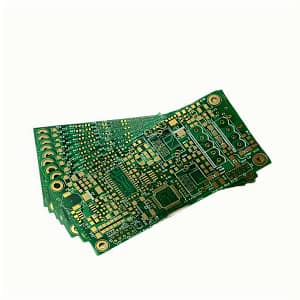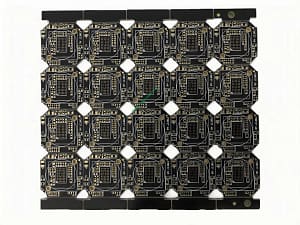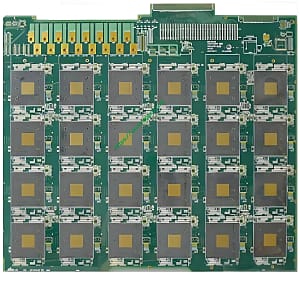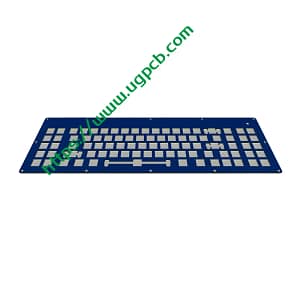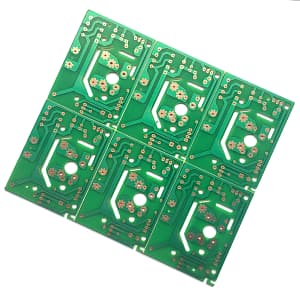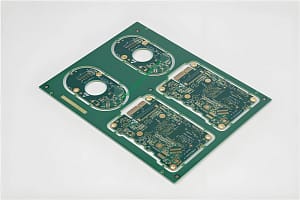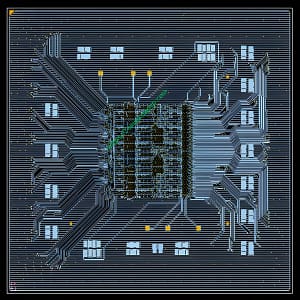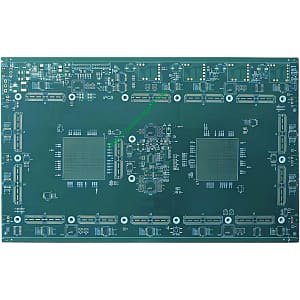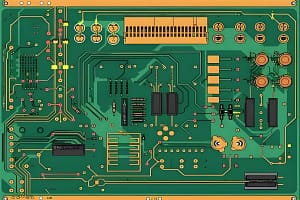왜 할로겐 금지?
할로겐은 화학 요소의주기적인 표에서 할로겐 요소를 말합니다., 불소 포함 (에프), 염소 (cl), 브롬 (Br), 그리고 요오드 (1). 현재, 불꽃 지연 기판, FR4, CEM-3, 등., 불꽃 지연자는 대부분 브롬화 된 에폭시 수지입니다. 브롬화 된 에폭시 수지 중, 테트라 브로 모스 페놀 a, 중합체 폴리 브롬화 비 페닐, 중합체 폴리 브롬화 디 페닐 에테르, 그리고 폴리 브롬화 디 페닐 에테르는 구리 클래드 라미네이트의 주요 연료 장벽입니다.. 그들은 비용이 저렴하고 에폭시 수지와 호환됩니다.. 하지만, 관련 기관의 연구는 할로겐 함유 불꽃 재료 (폴리 브롬화 비 페닐 PBB: 폴리 브롬화 디 페닐 에틸 PBDE) 다이옥신을 방출합니다 (다이옥신 TCDD), 벤조 푸란 (벤츠 푸란), 등. 그들이 폐기하고 불에 타면. 많은 양의 연기, 불쾌한 냄새, 독성이 높은 가스, 발암 성, 섭취 후에 배출 할 수 없습니다, 환경 친화적이지 않습니다, 인간 건강에 영향을 미칩니다. 그러므로, 유럽 연합은 전자 정보 제품에서 화염 지연자로 PBB와 PBDE를 사용하는 금지를 시작했습니다.. 중국 정보 산업은 또한 7 월 현재 1, 2006, 시장에 나와있는 전자 정보 제품은 납과 같은 물질이 포함되어서는 안됩니다., 수은, 육각형 크롬, 폴리 브롬화 비 페닐 또는 폴리 브롬화 디 페닐 에테르.
EU 법률은 PBB 및 PBDE를 포함한 6 가지 물질의 사용을 금지합니다.. PBB와 PBDE는 기본적으로 구리 클래드 라미네이트 산업에서 더 이상 사용되지 않는 것으로 이해됩니다., 및 PBB 및 PBDE 이외의 Bromine Flame 지연 물질, 테트라브로 미드와 같은, 주로 사용됩니다. 비스페놀의 화학적 공식 a, 디 브로 모 페놀, 등. Cishizobr4입니다. 불꽃 지연자로서 브롬을 함유 한 이러한 유형의 구리 클래드 라미네이트, 그러나 이러한 유형의 브로민 함유 구리 클래드 라미네이트는 다량의 독성 가스를 방출합니다. (브로마 유형) 연소 또는 전기 화재 중에 많은 양의 연기를 방출합니다.. ; PCB가 열기로 평준화되고 구성 요소가 용접되는 경우, 플레이트는 고온의 영향을받습니다 (>200), 소량의 수소 브로마이드가 방출됩니다.; 다이옥신이 생성 될지 여부는 여전히 평가 중입니다.. 그러므로, Tetrabromobisphenol을 포함하는 FR4 시트는 현재 법에 의해 금지되지 않으며 여전히 사용될 수 있습니다., 그러나 그들은 할로겐 프리 시트라고 할 수 없습니다.
할로겐이없는 PCB 기질의 원리
지금은, 할로겐이없는 PCB 물질의 대부분은 주로 인 기반 및 인 질소 기반입니다.. 인 수지가 연소 될 때, 메타-폴리 포스 포스 산을 생성하기 위해 열에 의해 분해된다, 강력한 탈수 특성이 있습니다, 중합체 수지의 표면에 탄산 필름이 형성되도록, 수지의 연소 표면이 공기와의 접촉에서 단열됩니다., 화재를 소멸시킵니다, 화염 재생 효과를 달성합니다. 인 및 질소 화합물을 함유하는 중합체 수지는 화상을 입을 때 불일치 가스를 생성합니다., 이는 수지 시스템이 불꽃을 촉진하는 데 도움이됩니다.
할로겐이없는 PCB의 특성
1. 할로겐이없는 PCB 물질의 절연
할로겐 원자를 대체하기 위해 p 또는 n을 사용하기 때문에, 에폭시 수지의 분자 결합 세그먼트의 극성은 어느 정도 감소됩니다., PCB 단열성 저항의 품질과 고장에 대한 저항을 향상시킵니다..
2. 할로겐이없는 PCB 물질의 수분 흡수
할로겐이없는 시트 물질은 질소-포스 포스 기반 산소 감소 수지의 할로겐보다 전자가 적습니다.. 물에서 수소 원자로 수소 결합을 형성 할 확률은 할로겐 재료의 수소보다 낮습니다., 따라서 재료의 수분 흡수는 기존의 할로겐 기반 PCB 불꽃 지연 물질보다 낮습니다.. PCB 보드의 경우, 낮은 수분 흡수는 재료의 신뢰성과 안정성을 향상시키는 데 특정 영향을 미칩니다..
3. 할로겐이없는 PCB 물질의 열 안정성
할로겐이없는 PCB 보드에서 질소 및 인의 함량은 일반 할로겐 기반 물질의 할로겐 함량보다 크다., 따라서 단량체 분자량과 PCB TG 값이 증가했습니다.. 열의 경우, 분자의 이동성은 기존 에폭시 수지의 이동성보다 낮을 것입니다., 따라서 할로겐이없는 PCB 재료의 열 팽창 계수는 비교적 작습니다..
 UGPCB 로고
UGPCB 로고


